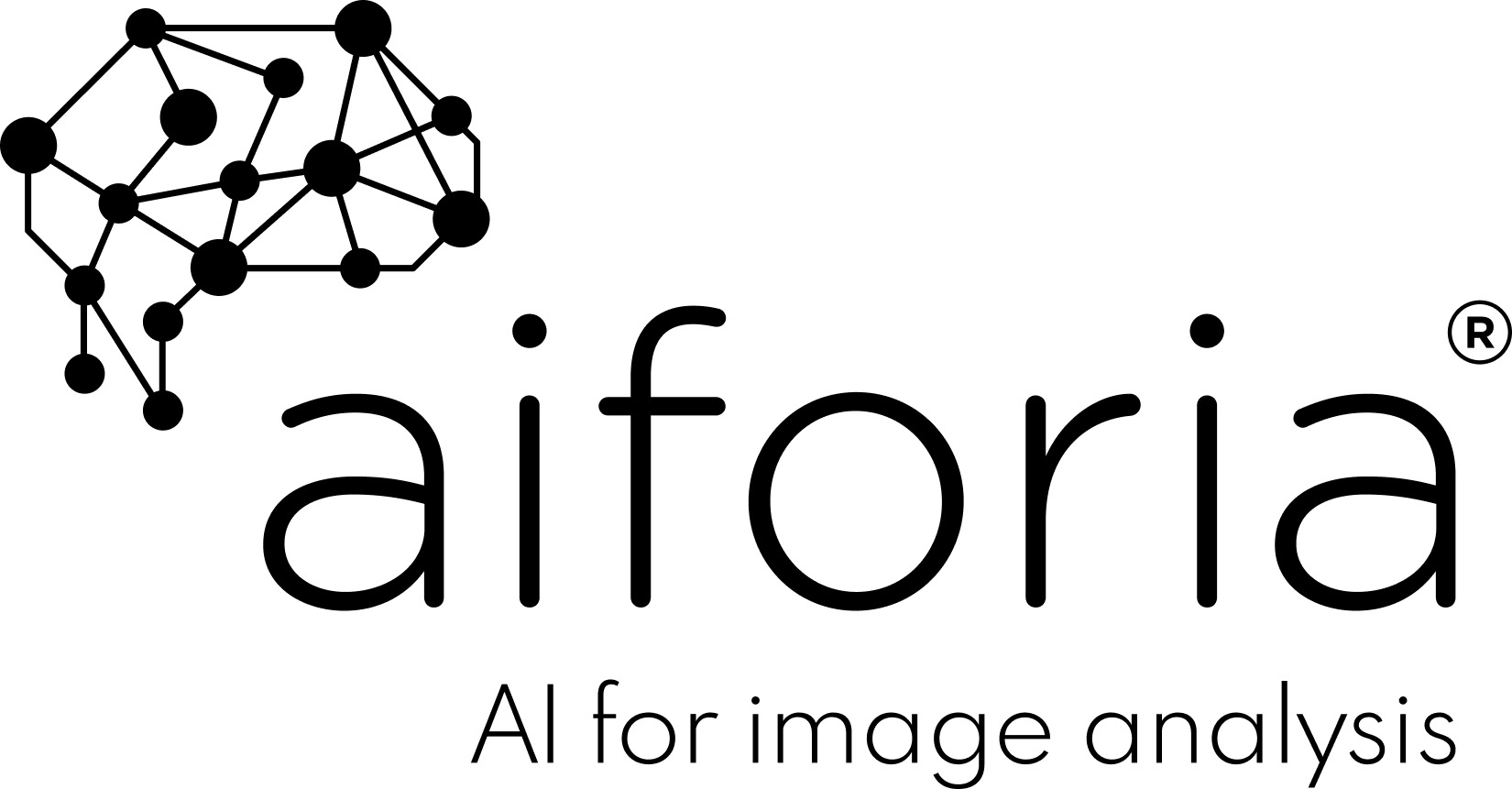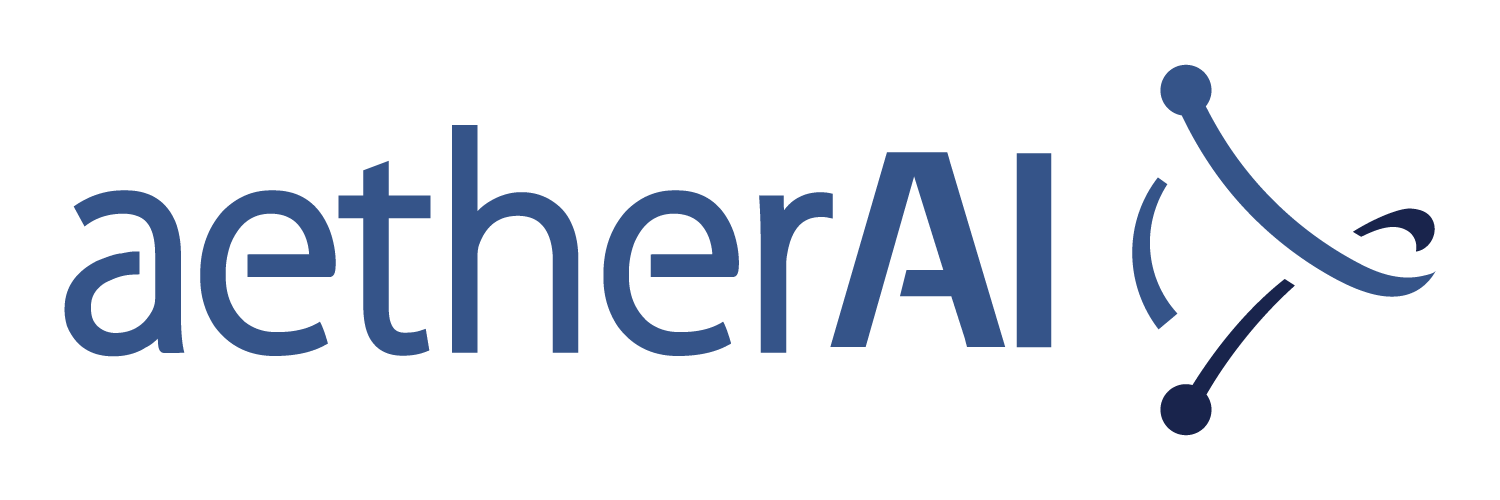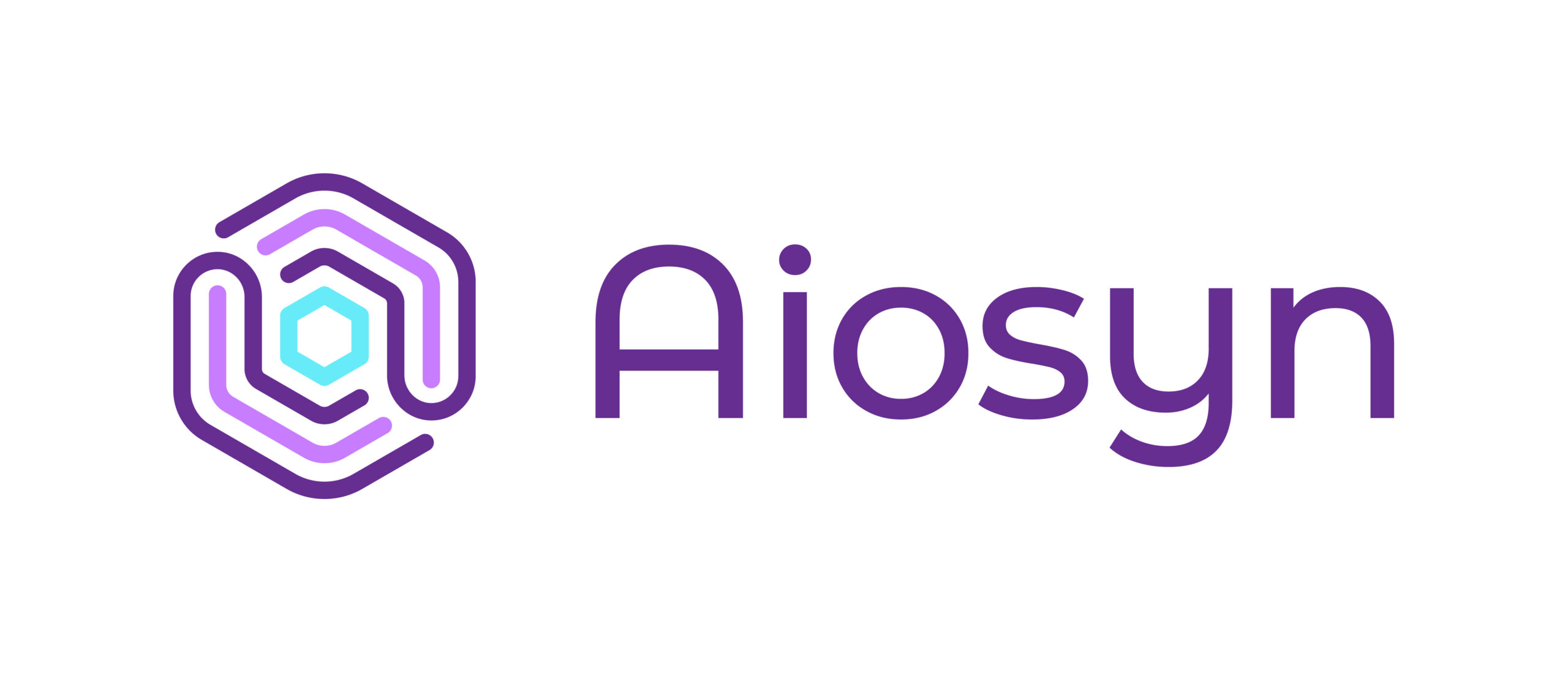Join our free virtual workshop to hear from speakers at Memorial Sloan Kettering Cancer Center, Boehringer Ingelheim, Charles River Laboratories, and the Mayo Clinic on applying deep learning AI for preclinical and clinical research and analysis across a myriad of areas from diagnosing breast carcinomas to identifying prognostic histologic markers in colorectal carcinoma and more — including a live demonstration of the Aiforia AI platform for image analysis used in these case studies. There will be an opportunity for Q&A with each speaker at the end of the event.
Hear from speakers at Memorial Sloan Kettering, Boehringer Ingelheim, Charles River Laboratories, and the Mayo Clinic on applying deep learning AI for preclinical and clinical research and analysis across a myriad of areas from diagnosing breast carcinomas to identifying prognostic histologic markers in colorectal carcinoma and more — including a live demonstration of the Aiforia AI platform for image analysis used in these case studies. There will be an opportunity for Q&A with each speaker at the end of the event.
SPEAKERS
Thomas Westerling-Bui PhD, Director of Scientific Strategy at Aiforia
- Introduction to Aiforia and AI-assisted image analysis in clinical and preclinical evaluation
Dr. Westerling Bui will introduce Aiforia’s software, including its patented tool, for creating deep learning AI models for image analysis across a wide range of fields. Showcasing use cases and a live demonstration, you will have a unique opportunity to see AI in action on Aiforia’s cloud-based software.
Emine Cesmecioglu MD, Senior Research Scientist, Memorial Sloan Kettering Cancer Center
Dr. Cesmecioglu will describe her experience developing an AI model to recognize invasive tumors in the breast. Breast tissue has a complex physiological architecture which makes it challenging to detect invasive area even for a trained eye. This detection is crucial for diagnosing the disease and how treatment-related quantifications are made based on those areas, like estrogen/progesterone receptor and c-erb-B2 results immunohistochemically.
Alex Klimowicz PhD, Senior Principal Scientist at Boehringer Ingelheim
Christiane V. Löhr VetMed, Dr. med. vet., PhD Diplomate ACVP, Visiting Scientist at Charles River Laboratories
- A deep learning model for quantification of retinal atrophy in a rat model of blue light-induced retinal damage
The outer retinal atrophy rodent (ORA) model is used to evaluate the efficacy of candidate drugs for disease prevention. Currently, ORA severity is determined by manual or semi-automated measurements of outer nuclear layer (ONL) thickness or manual counting of ONL nuclei at 4 to 6 points along the retina. This analysis is time consuming (approximately 5 minutes/slide), requires specialized training to avoid inter- and intra-study variability, and is limited to a small portion of the retina. The objective of this project was to develop an image analysis-based, automated method of ORA assessment in whole slide images (WSI). The validated model analyzes the entire retina an order of magnitude faster than manual methods. Performance of the ORA quantification deep learning model is comparable to that of current manual and semi-automated ORA scoring approaches but provides total retinal area measurements and total ONL nuclei counts in less time than manual ONL counts can be generated for a limited area of the retina.
Rish Pai MD, PhD Consultant Pathologist and Professor of Laboratory Medicine and Pathology Organisation at the Mayo Clinic
- Quantitative Pathologic Analysis of Colorectal Carcinoma using Deep Learning Identifies Prognostic Histologic Signatures Independent of Stage and Mismatch Repair Status
Histologic features such as tumor budding, poorly differentiated clusters, stroma type, and tumor-infiltrating lymphocytes have gained attention as prognostic features in colorectal cancer (CRC). Challenges related to optimal means of assessment have limited their widespread adoption. We recently described the development and validation of a deep learning algorithm to quantify these histologic features in CRC. In this presentation, I describe the results of applying this algorithm to a large cohort of CRCs to evaluate the association between these features and tumor recurrence.

































